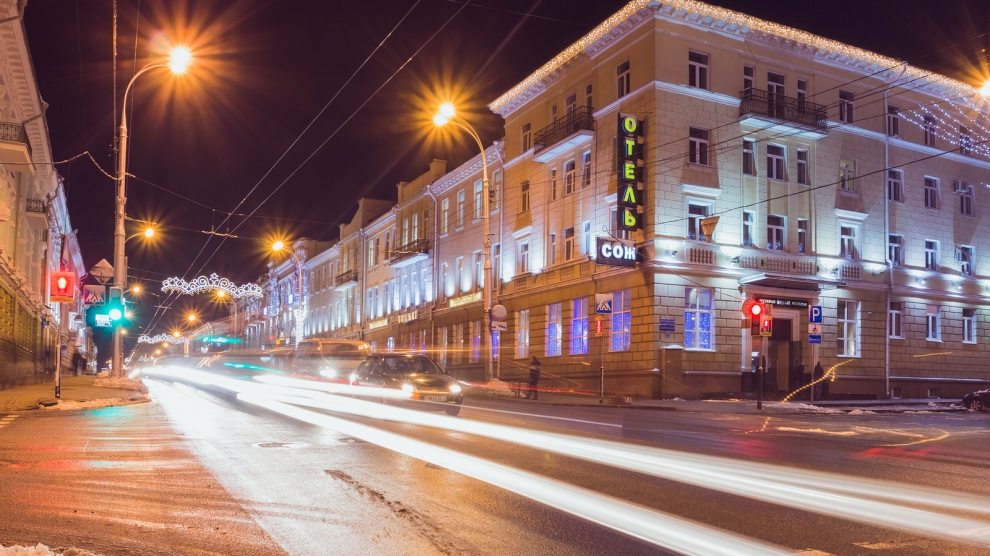I love driving. It gives me the freedom of heading to where I feel like going. And sometimes it helps me get lost and discover places I wouldn’t experience otherwise. I have driven on different continents: a US freeway, a bumpy non-asphalt road to a Brazilian fazenda, the crazy-full-of-scooters streets of Naples or super narrow lanes in Sorrento where I drove with my wing mirrors folded, and the picturesque roads of Turkish Cappadocia, to name a few.
“We’d like to invite you to Gomel to chair a panel discussion,” read an email I got in January 2015. I had been to Belarus a few times before but only to Minsk. Gomel, the country’s second-largest city and the locality most affected by the the catastrophe at the Chernobyl nuclear power plant in April 1986, was a location I couldn’t say no to.
How my two colleagues and I would get there was a serious question. Gomel is located 300 kilometres south-east of Minsk, so a bus or a train from the capital would be a must. Then it turned out that I had to be in eastern Poland a few days before the conference. “I will drive then! That’ll be an adventure,” I thought.
An adventure it was. Not only had I not realised Gomel was mere 530 kilometres away from Brest, where I crossed the Polish-Belarusian border, but I also wasn’t aware of the extraordinary measures that would be applied at the border itself. In the end, I was about to leave the European Union and enter its Eurasian Economic counterpart: green cards (car insurance), visas, customs, VAT refunds, etc.
“Which line should we choose?” I asked my passengers looking at long lines of cars with Belarusian registration plates, all looking like they were coming back from camping holidays. “Look, there are VAT lines here,” I continued having no idea that literally thousands of Belarusians went shopping for furniture or household appliances in Poland and they claim the VAT back. They even have so-called VAT visas. As a result, in the first half of 2015, Polish customs officers collected almost 900,000 TaxFree receipts with a total value of about 730 million Polish złoty, or about 170 million euro. I must have seen quite a few of these appliances while waiting at the border.
Fast forward a couple of hours and several pieces of paper stamped at the Belarusian side of the border, and we arrive at the first petrol station. We fill up the car — gas cost less than two thirds of what they would charge for petrol in Poland — and get ourselves a BelToll gadget that we stuck to the windscreen. Belarus had introduced an electronic system of toll roads back in 2013. We heard beeps that confirmed we were passing control points — way too often if you ask me — but after about a hundred kilometres we got used to it.
Belarus is a flat country — Dzyarzhynskaya Hara, the country’s highest point, is only 345 metres above sea level — and is covered in forests — over 40 per cent of the country. The individual houses or tiny villages that we sometimes spotted seemed like freaks of nature among the never-ending fields and woods.
“What are you doing in Gomel? Hardly any visitors from Western Europe come here,” a young guy who we asked about the nearest petrol station responded with a question. Proud of his city, he wanted to tell us its story, take us to some clubs at night and show us a few sights in and around the city. “Driving again? Better not,” I thought. “As much as I love behind-the-wheel trips, I will still need to drive the same way back.”






[…] Click here to read the entire postcard. […]